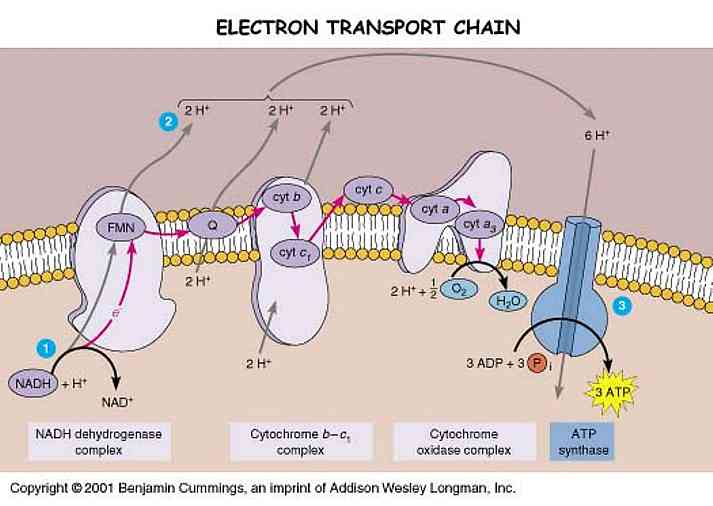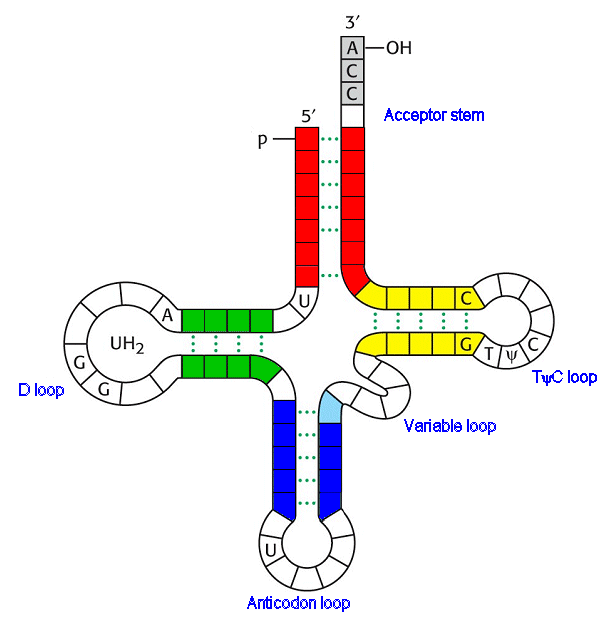The transfer of the genetic code occurs in 2stages:
1. Transcription: The code in DNA is transcribed or copied into mRNA, which travels of the cell nucleus to the ribosomes in the cytoplasm.
2. Translation: At the ribosomes, the code in mRNA is translated into a specific amino acid sequence in a protein.
……………………………………………………………………………..
Transcription
- The genetic code in DNA is transcribed into molecule of mRNA.
- mRNA molecule is a single strand of nucleotides joined together.
- The order of nucleotides in an mRNA molecule is determined by the order of nucleotides in the DNA molecule from which the mRNA has been transcribed.
- Four different kinds of nucleotides are found in RNA: (A) Adenine, (U)Uracil, (C) Cytosine, (G) Guanine
- No thymine found in RNA strand.
……………………………………………………………………………..
Splicing
• Initially, the RNA copy of a gene includes both introns and exons.
•Introns are removed and the exons are spliced together to make a continuous strand of mRNA.
•After removal of the introns, the RNA leaves the nucleus via the pores in the nucleus envelope and passes to the cytoplasm.







